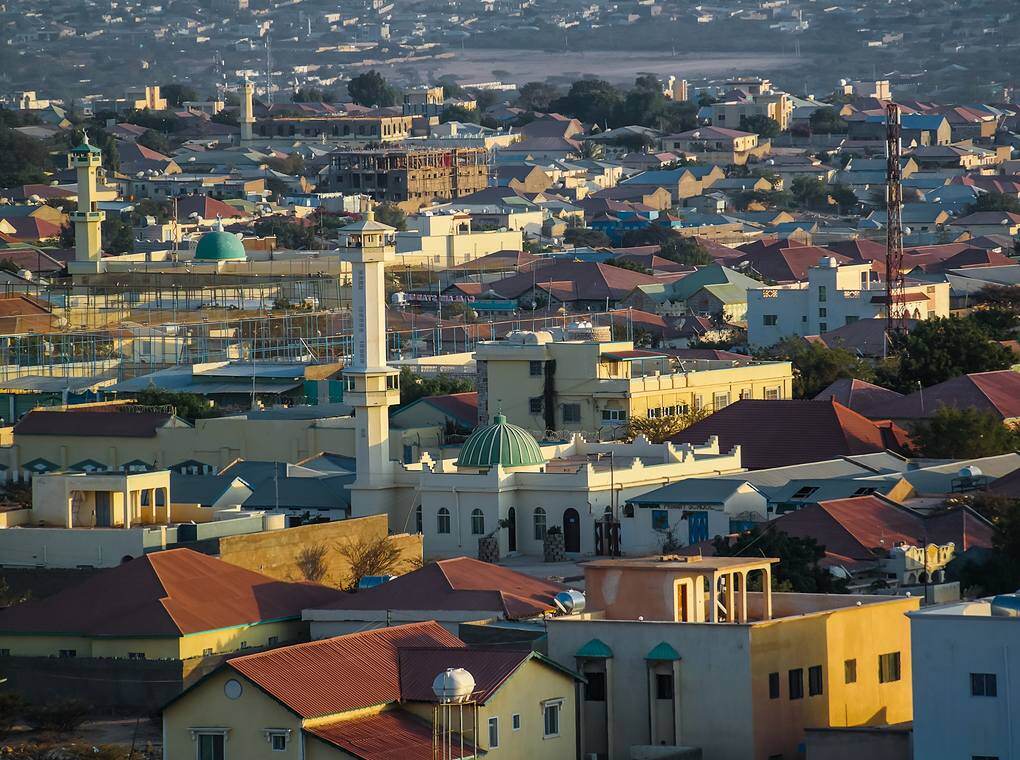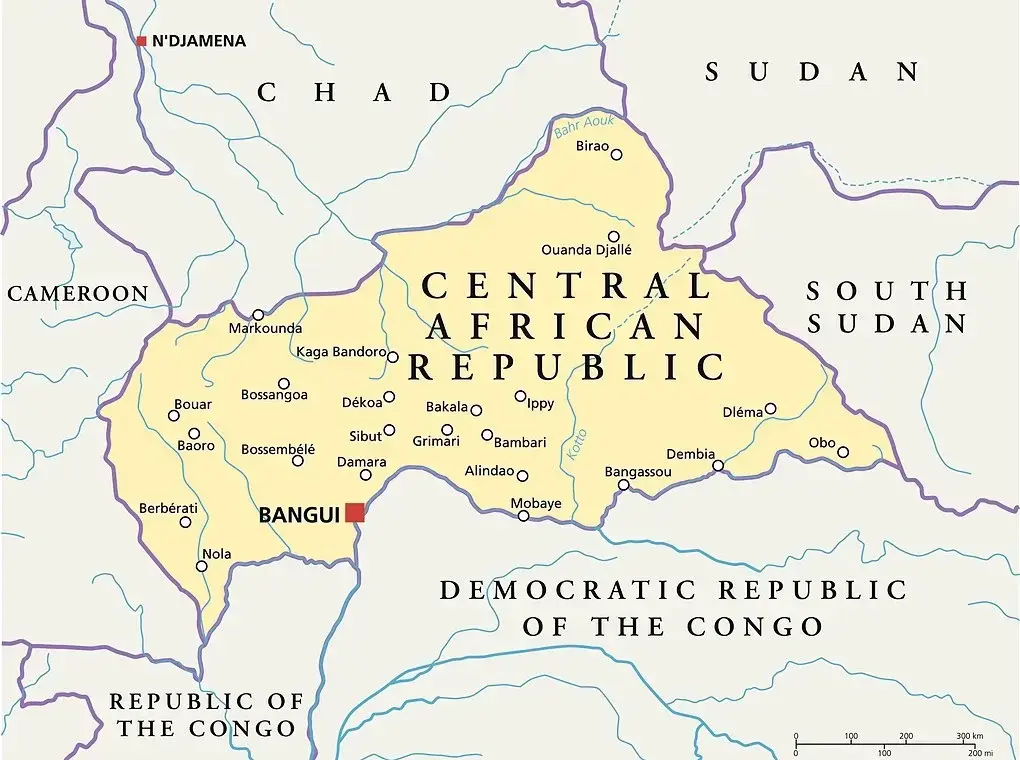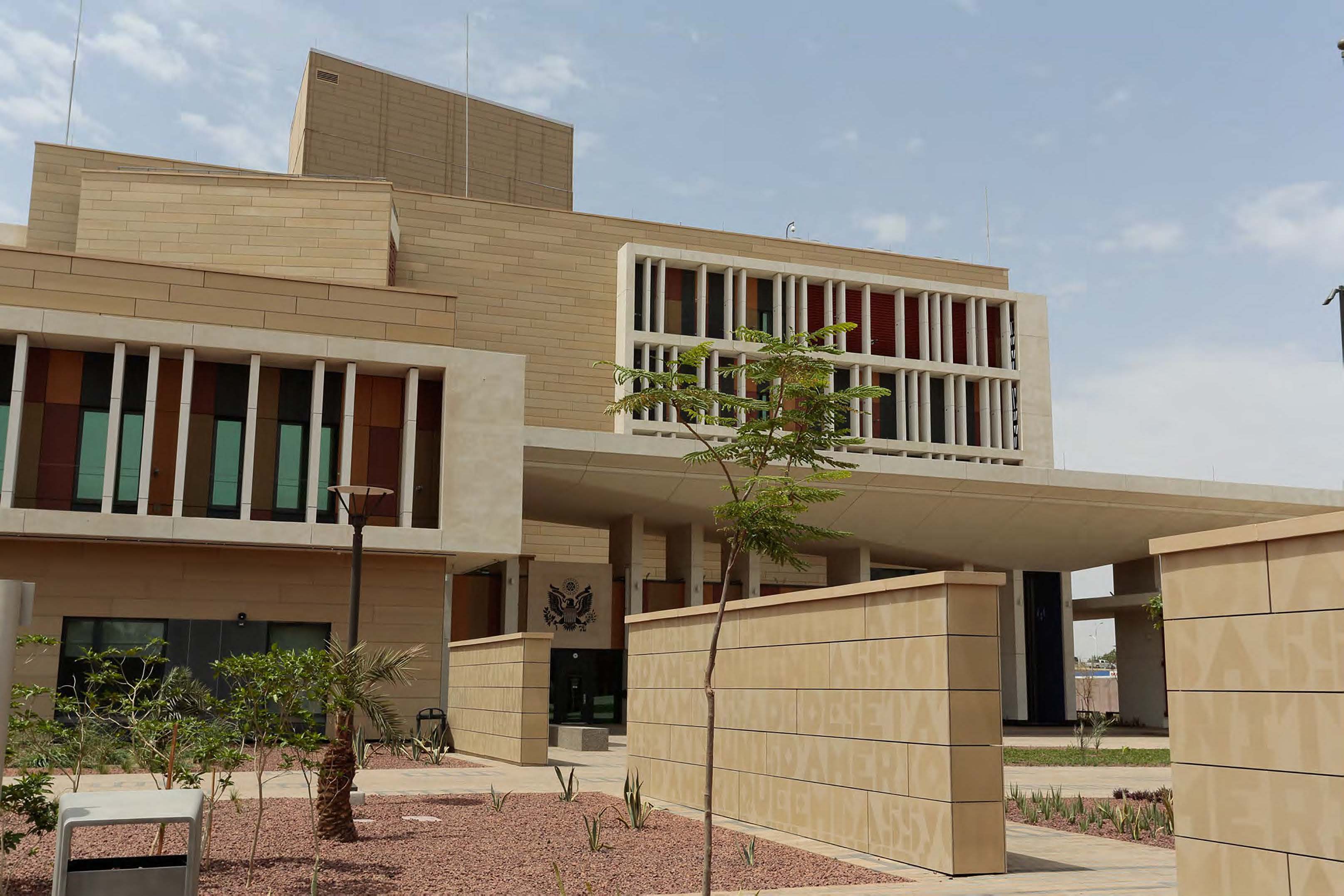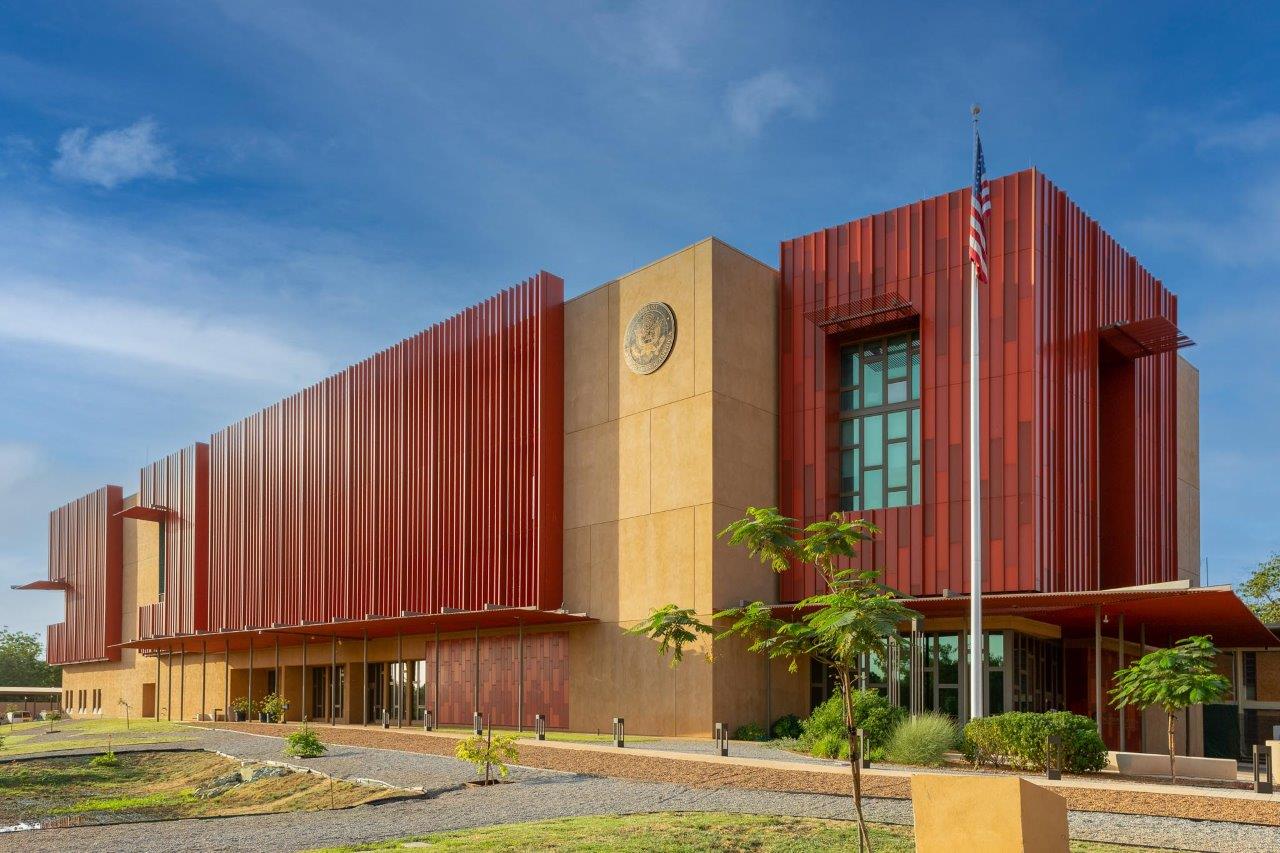Africa
With a mission-critical focus on supporting U.S. Government (USG) security interests abroad and providing solutions that promote global development, our team has worked in more than 45 countries, designed more than 25 Embassies, and performed more than 12,800 security missions in Africa.
Our operations have delivered security and designs in the most expeditionary and austere environments of Africa, supporting U.S. Diplomats and Government Personnel.
We have provided mission support for the U.S. Government in the following countries:
- Algeria
- Benin
- Botswana
- Burkina Faso
- Burundi
- Cameroon
- Central African Republic
- Chad
- Congo
- Cote D'Ivoire
- Democratic Republic of the Congo
- Djibouti
- Egypt
- Equatorial Guinea
- Eritrea
- Ethiopia
- Gabon
- Ghana
- Guinea
- Kenya
- Lesotho
- Liberia
- Libya
- Madagascar
- Malawi
- Mali
- Mauritania
- Mauritius
- Morocco
- Mozambique
- Namibia
- Niger
- Nigeria
- Rwanda
- Senegal
- Sierra Leone
- Somalia
- South Africa
- South Sudan
- Sudan
- Swaziland
- Tanzania
- Uganda
- Zambia
- Zimbabwe
Building a More Secure World®
-

300+ Completed A/E
projects in the African region -

12,800+
Security Missions -

1,300+ Enabled USAID
to work securely providing
security detail -
-1.png?width=76&height=76&name=MapMe%20Stat%20Icons%20(2)-1.png)
40+ Years of continued service to the Department of State
-

25+ New
U.S. Embassy Designs -

45+ Countries
worked in Africa

Around the Clock Mission Support in Austere Locations
Mogadishu, Somalia
SOC protected U.S. personnel, property, and assets providing specialized protective services and logistical support to ensure the safety of U.S. Mission personnel and facilities in Mogadishu, other locations within Somalia, and other countries. After being closed for nearly 28 years, the U.S. Embassy in Mogadishu, Somalia reopened in 2018, with SOC guiding the standup of the mission as the trusted security provider in the region from 2017- 2020. Our team supported around the clock with mobile protective security, emergency response teams, roving patrols, fixed site security (perimeter and tower security, roving patrols, and access control points), protective security escort teams, and Tactical Operations Center (TOC) support.
We have provided an average of 7,200 Security Missions in remote, challenging environment with limited infrastructure, austere living conditions, and evolving threats. SOC also provided all ancillary support to sustain the operations, such as life support, personnel protective equipment and housing, and medical support.

Critical Diplomatic Security Services
Central African Republic
SOC was called to lead the way to assist the Department of State, when the U.S. government re-established our nation’s diplomatic presence in Central African Republic (CAR). SOC answered this call with decisive and expedient actions, ‘standing up’ the mission thirty days ahead of schedule. This critical diplomatic effort stood as a barrier to prevent regional genocide. Our security operations provide a stable pivot point for the U.S. embassy personnel and visiting dignitaries as this critical mission continues to evolve.
From 2017 - 2021, SOC provided mobile and static security operations, and a fully operational Tactical Operations Center (TOC), in support of the U.S. diplomats and government personnel.

Energy-Efficient Facilities for the Department of State
U.S. Embassy Compound, N'Djamena, Chad
We provided engineering services for the design-build of the new 162,987 SF embassy compound that was awarded through the Department of State’s Excellence in Diplomatic Facilities program. The design includes a double-façade system with the outer façade screening the interior for energy savings. Our Building Sciences Studio utilized advanced energy modeling and computational fluid dynamics modeling were utilized to optimize the design. Mason & Hanger partnered with Moore Ruble Yudell Architects for the design of the U.S. Embassy Compound in N’Djamena.
The annual temperatures in N’Djamena make it one of the hottest capital cities in the world. Sustainable features including energy-efficient lighting, building controls, renewable energy systems, water conservation, and photovoltaic solar power arrays contributed to the project achieving LEED Gold certification.

Sustainable Solutions for the Bureau of Overseas Buildings Operations
U.S. Embassy, Niamey, Niger
Mason & Hanger provided mechanical, electrical, plumbing, and energy & sustainability services, as a part of the Bureau of Overseas Buildings Operations design team on the new U.S. Embassy in Niamey, Niger. The firm teamed up with Miller Hull for the design of the U.S. Embassy Compound in Niamey. The embassy design incorporates simple materials to help mitigate Niger’s sub-tropical climate, while respecting elements of the Nigerien landscape and historic architecture.
Facility’s features, such as low-flow plumbing fixtures, will reduce the demand on the local potable water supply by thirty-six percent. Ninety percent of the rainwater that falls on the site will be captured and slowly released. The facility’s 712 kW photovoltaic array, or solar power system, produces more than half of the facility’s electricity needs.